The content of the article
All owners of cats will certainly think about the fact that the pet needs a designated place for the tray. Hence the question arises, what kind of filler to choose for cat litter? After all, modern manufacturers supply the shelves with many options. Sometimes it is quite difficult to choose a suitable composition. We will try to facilitate your task, select the popular types of fillers and their properties.
Type number 1. Wood filler
As the name implies, this type of filler is made on the basis of sawdust. Subsequently, they are pressed and form dense granules. This filler smells like pine needles and absorbs odors.
Benefits:
- ecologicaly clean;
- suitable for a tray of cats and kittens, regardless of age;
- perfectly absorbs cat urine;
- prevents stench in the place of distribution of the tray;
- It is cheap, unlike other fillers, similar in properties;
- suitable for flushing in the toilet, because it does not clog sewer pipes and easily passes through them;
- it smells like pine needles, which is especially noticeable when the tray is located in a small room (bathroom, toilet).
Disadvantages:
- has a feature of absorbing a lot of moisture into the cavity of the granules, so when swelling it increases in volume and drops out of the tray;
- tight to the paws of the animal, which leads to the separation of the material throughout the apartment;
- the filler should be changed at least once every 3-4 days, which is not very convenient and not economical;
- when urine is absorbed into its cavity it soon collapses, and does not collapse into a ball, like other analogues;
- when the pet starts to dig in the tray, he pours all the filler out of the box.
Type number 2. Corn filler
This type of cat litter is very common in European countries, because local residents like environmentally friendly materials.In the expanses of our homeland, such a composition is quite rare, but if desired, it can be found on the shelves of large pet stores.
Benefits:
- openings are clearly visible in the cavity of the granules, due to which the filler absorbs all the moisture in a short time;
- prevents odor from escaping even after crumbling of the granules, which ensures relative hygiene;
- light granules are suitable for a kitten's tray;
- made of a completely natural component;
- suitable for throwing into the toilet because it does not get stuck in the sewer pipes, forming a blockage.
Disadvantages:
- the lightness of the granules is inconsistent, even a small kitten will easily throw the granules out of the tray;
- sticks to the paws of the animal, which leads to the spread of small particles throughout the living area;
- It is much more expensive than the wood counterpart.
Type number 3. Mineral filler
This type of filler is considered the most common. He fell in love with the "cat owners" for the optimal ratio of properties and price policy. To have a clear idea, look at the pros and cons of the composition.
Benefits:
- the product is made on the basis of hardened volcanic lava, therefore it is completely natural and safe;
- costs relatively inexpensive, profitable in terms of pricing;
- it is necessary to change the filler once every 6-7 days, which allows significant savings;
- the cat feels filler well, because it is similar in structure to ordinary sand;
- the animal is taught comfortably and quickly, both for the owner and for the pet;
- absorbs stench and prevents it from spreading around the room;
- absorbs moisture quickly;
- when wetted crumpled, cleaning is done with a spatula, which is convenient for the owner;
- does not stick to paws and, as a result, does not spread around the apartment;
- due to the wide variety of options, you can choose the filler, taking into account the age of the pet.
Disadvantages:
- when it gets very wet, it starts to emit an unpleasant smell;
- requires careful cleaning exactly as described in the timing recommendations;
- when licking the animal may swallow the pellet, which will lead to obstruction of the esophagus;
- not suitable for flushing into the toilet, as it can cause clogged sewer pipes.
Type number 4. Fill with silica gel
The filler of this kind belongs to the premium segment, respectively, and the price for it will be rather big. However, a special production technology justifies its cost.
Benefits:
- Some companies add flavoring agents to the balls, so a pleasant aroma is emitted from the tray;
- perfectly keeps the smell of cat urine, even with a rare change of filler;
- the change should take place once every 3-4 weeks, which is very economical;
- beautifully look in a tray, this advantage is more suitable for the owner;
- with the absorption of urine in the cavity of the granules do not develop bacteria, despite the rare change of filler;
- there is its own line with antibacterial effect, which is suitable for neutered cats and sterilized cats;
- when absorbed, the granules harden, so you can easily determine which particles need to be removed from the tray.
Disadvantages:
- costs much, but the price is justified by the fact that the filler needs to be changed less often than other types;
- in the process of use it makes a rustle, it may frighten small kittens;
- not recommended for use by kittens, because kids sometimes confuse gel balls with a toy;
- not suitable for discharge into the toilet because it contributes to clogged pipes;
- if an animal swallows a pellet, it may cause blockage and poisoning.
Type number 5. Clay filler
The most common type of filler. It is inexpensive, you can buy everywhere.
Benefits:
- when wet, it is collected in a lump, so cleaning is easy;
- change is needed 1 time in 8-10 days;
- ecologicaly clean.
Disadvantages:
- do not use for kittens;
- if the animal swallows a pellet, it is possible obstruction of the esophagus;
- when the owner drops the composition in the tray, a dust clot appears.
Tips for choosing a filler
- Pet owners soon come to the question of what subtleties exist when choosing a filler. The owner buys the composition, based on the price category and quality of raw materials.
- It is necessary to take into account some criteria when choosing a composition. For example, the filler should consist entirely of natural and safe ingredients. Some compounds can trigger the development of an allergic reaction in the cat and even the owner.
- You should not buy raw materials with silica gel components, especially with flavors.If you want to protect yourself and your pet from a similar adverse reaction in advance, give preference to wood fillers. Often such raw materials are labeled as hypoallergenic.
- After acquiring the first batch, follow the behavior of your pet. In some cases, the cat may not like the filler for unknown reasons. If you ignore this urge, the cat will simply crap everywhere, except for the allotted space. Therefore, for the first time do not purchase large volumes.
- If the pet suffers from any skin disease, it is better to give preference to corn or wood filler. Such compounds are the safest animal health.
- Otherwise, it is worth entering if you have got several pets. Consider silica gel fillers. So you can save time on cleaning the toilet. Such a composition in most cases is intended for adult pets. For babies, purchase a natural product.
- After purchase, you can mix fillers. It is recommended to lay wood material on the bottom of the cat litter and on top to add a composition of minerals and clay. The result is a double effect.Sawdust completely absorbs the smell, and the mineral filler does not allow the composition to spread throughout the apartment.
Choosing a filler for a kitten
- The choice of filler for kittens requires special attention. It should be borne in mind that it is better suited for a pet and you. Do a little analysis, after which you will already have a rough idea about the product.
- You can imagine yourself for a second as a cat and think about what you would like for better comfort. Surely need raw materials, which will be gently. The filler wants to rake easily and dust.
- On top of that, the composition should not cause allergies and have an odd smell. Consider, fill it is necessary to select completely natural. If a pet tries to try it, there should be no poisoning.
- The filler must completely contain the smell. The product should not stick to the paws of the animal and spread throughout the house. The composition can be easily disposed of without dust, for example, flush down the toilet. Do not forget about a small price, count the budget.
- If you make a conclusion from all of the above, you can understand which filler is right for you.The product should be clay, wood pellets or bran cereals. Such compositions allow you to easily teach the child to the toilet. In addition, the filler perfectly holds back the smell and it can be washed in the toilet.
To choose a quality cat litter, it is necessary to compare several factors. The composition must fully comply with the requirements of the animal. Choose a hypoallergenic filler. Last but not least look at the price. Also, the product should not be toxic.
Video: how to choose cat litter

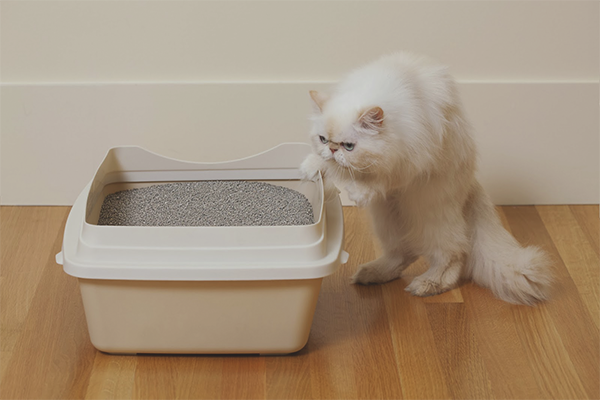
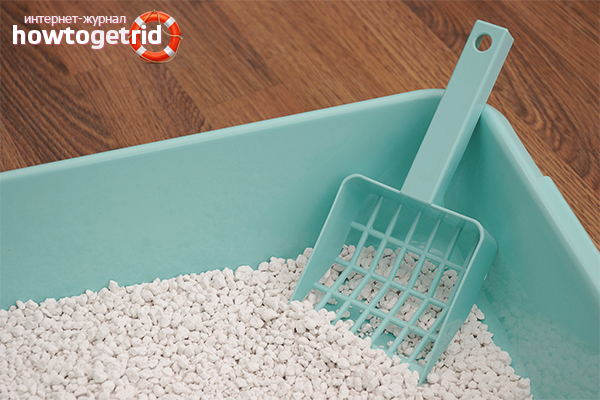


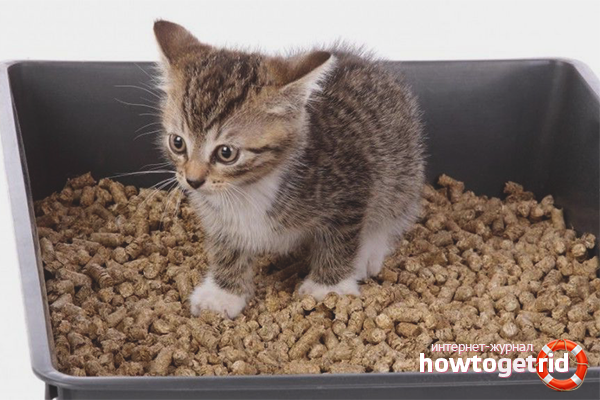







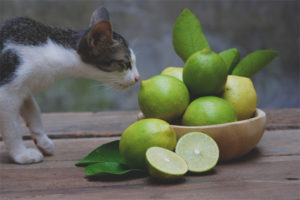
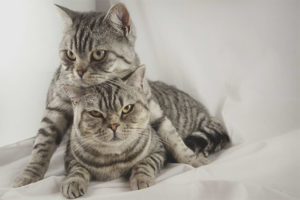
To send